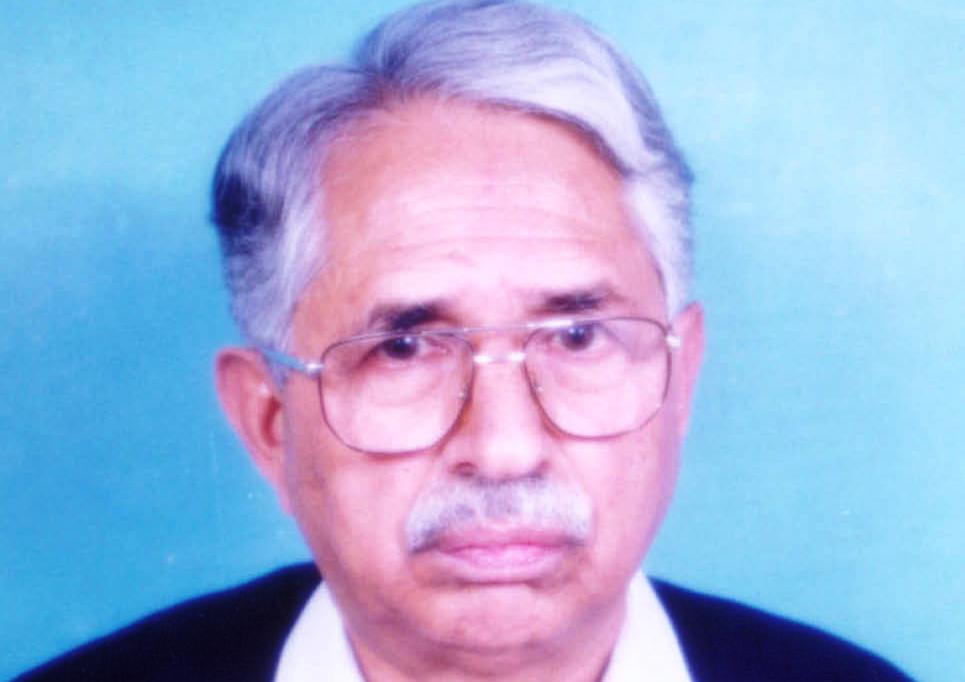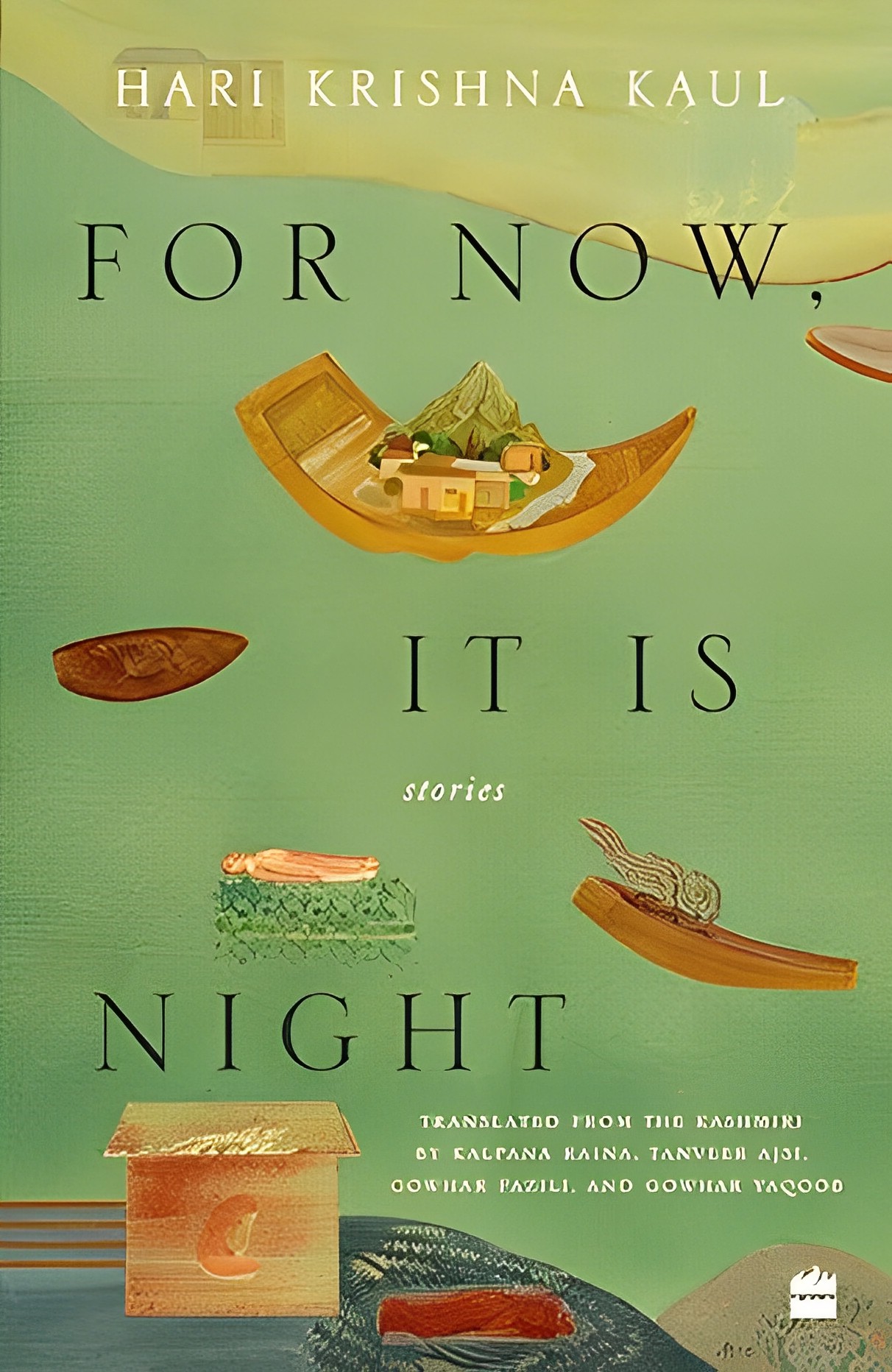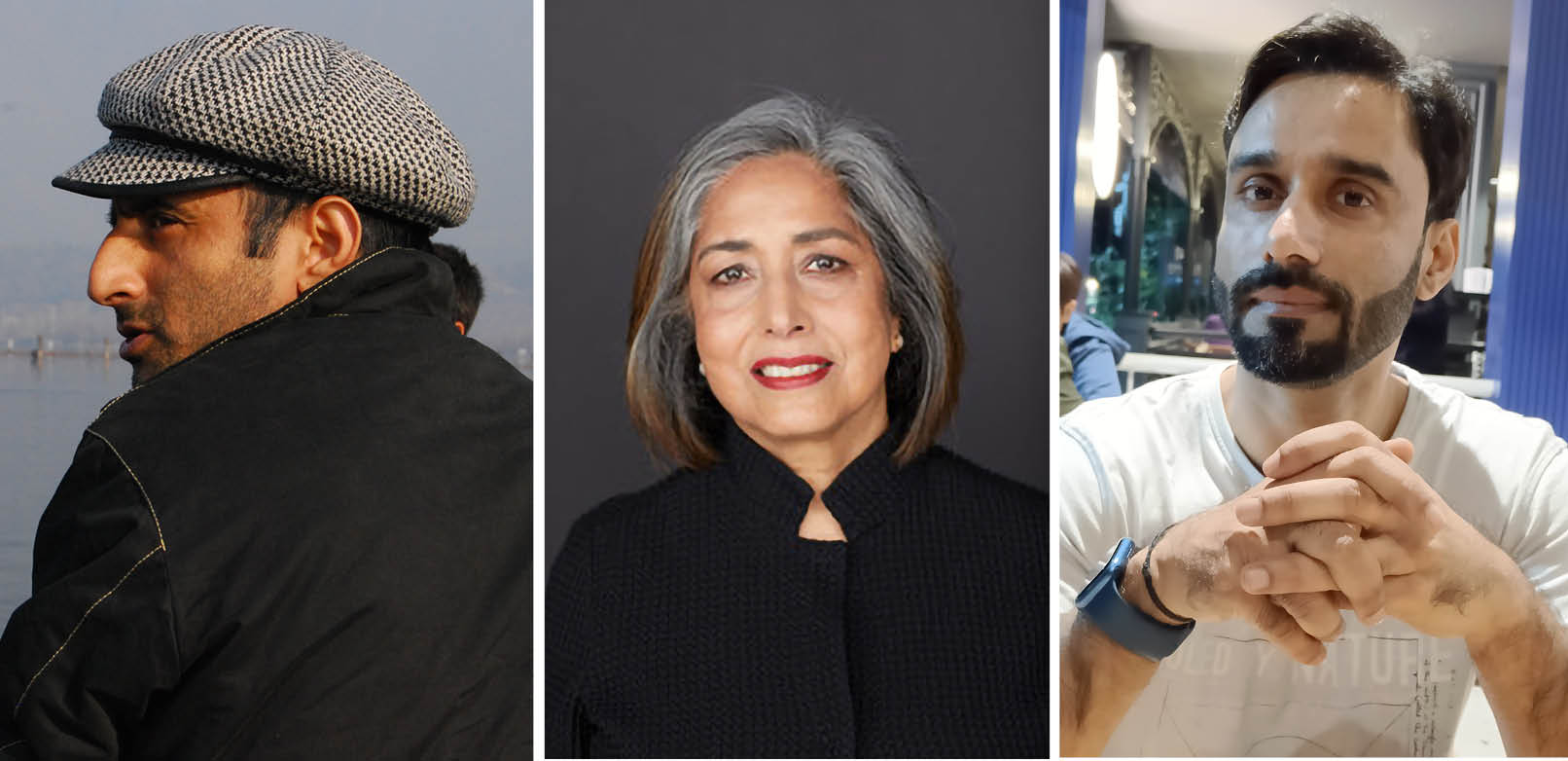Four Kashmiri literary scholars joined their heads and hands to unveil the literary genius of Hari Krishna Kaul for the twenty-first-century generation. The translation of his famous short stories was published by Harper Perennial and Muhammad Nadeem reviewed the impressive anthology

In the firmament of modern Kashmiri literature, few stars have shone as brightly as Hari Krishna Kaul (1934 –2009). Through his perceptive short stories and plays rendered in lyrical Kashmiri, Kaul provided insights into the cultural milieu and universal human dilemmas prevailing in the valleys and mountains of his homeland. This collection For Now, It is Night, expertly translated by four accomplished Kashmiri writers, brings Kaul to wider audiences beyond the confines of language.
Published posthumously in 2023 by Harper Perennial, an imprint of HarperCollins, this anthology contains seventeen short stories representative of Kaul’s four-decade career. Masterfully translated by Tanveer Ajsi, Gowhar Fazili, Gowhar Yaqoob and Kaul’s niece Kalpana Raina, these stories transport readers into the cultural essence of Kashmir while exploring timeless themes of love, morality, death, and the paradoxes underlying human relationships.
Kaul’s Life
Hari Krishna Kaul was born in 1934 in Srinagar where he completed his education. After obtaining a master’s degree in Hindi, he worked as a lecturer in various Kashmir colleges. The 1950s and 60s were a time of great literary experimentation and renewal in Kashmir, which impacted Kaul as a young writer.
Initially, Kaul penned his works in Hindi, gaining acclaim for his 1959 short story Us Patthar Ki Kahani (Tale of the Stone). However, in 1966, he made a career-defining transition by starting to write in his native Kashmiri language for the first time. This switch unlocked his potential, enabling an intimate exploration of the human condition through the distinctive cultural idiom of Kashmir.
Kaul went on to author four short story collections, several plays and a novella in Kashmiri over the next four decades, cementing his reputation as a pioneering voice in Kashmiri literature. He passed away in 2009.
Themes, Style and Cultural Essence
At their core, these stories explore the paradoxes and complexities underlying human relationships and the existential dilemmas confronting the inhabitants of Kashmir. His characters grapple with myriad conflicts – betrayal, jealousy, societal pressures, loss, moral transgressions, death and emotional turmoil.

With psychological insight, Kaul peels away the layers of pretence and artifice that frequently plague human interactions. He gently holds up the mirror for us to reflect on our own flaws, weaknesses and complexes. There is perceptiveness without judgment, empathy without moralizing.
One of Kaul’s skills was his nuanced understanding of the inner world of characters, especially women, etched with great complexity, dignity and humanity. He brought sensitivity and compassion to illuminating the poignant dilemmas confronting his female protagonists. They frequently grapple with patriarchal repression, torn between familial tradition and their own desires and identity.
Kaul’s language emulates a unique cadence of conversational Kashmiri, which adds to the aesthetic appeal. The essence of local culture comes through vibrantly in the attire, cuisine, customs, archetypes and sayings he evocatively describes. While the stories illuminate universal themes, they remain firmly grounded in the geography, seasons and ethos of Kashmir. Kaul employs extensive natural imagery – rivers, mountains, flowers, changing weather – to create a vivid sense of place.
By incorporating myths, folklore and archetypes tightly woven into Kashmir’s cultural fabric, Kaul ensures that his stories bear a distinctive regional aroma yet speak to the perennial predicaments confronting humans across cultures. The particular becomes universal.
The Translators
The stories in this anthology provide a representative sampling of Kaul’s thematic skills and stylistic range. The early stories depict generational clashes within families, while the later ones capture the pain of the Pandit migration in 1989. The shifting socio-political realities of Kashmir through the decades form a constant backdrop even when not overt.

The four translators accomplished the commendable feat of retaining the emotional essence of Kaul’s nuanced prose while making it accessible beyond Kashmiri readers. The translators successfully transport cultural metaphors and idiomatic phrases meaningfully for non-Kashmiri readers. Their empathetic rendering endeavours to carry over the melancholy beauty, tonal lyricism and humane spirit underlying Kaul’s craft. While linguistic and cultural nuances may understandably have attenuated, this anthology stands as a landmark milestone in introducing Kaul’s stories to global audiences.
The lucidly translated stories offer richly layered perspectives into the cultural complexities of Kashmiri society through nuanced tales of alienation, friendship, morality and grief. With subtle wit and empathetic insight, Kaul immerses readers in the vivid particularities of Kashmiri life while exploring universal themes of humanism, mortality and social injustice.
The Stories
In Sunshine, Kaul depicts an elderly Kashmiri Pandit lady’s profound sense of dislocation when she migrates from her beloved rural homeland to her son’s alien urban setting in Delhi. Through Poshkuj’s charming bewilderment at mundane modern amenities, her wistful invocations of the past, and tensions with her daughter-in-law over employment, Kaul provides an affecting meditation on the erosion of tradition, generational divides and the grief of forced displacement.
The Mourners weaves together solemn grief, irreverent humour and philosophical musings through the endearing interactions between five young men from diverse religious backgrounds participating in a Hindu lady’s funeral rites. Their playful banter on cricket, morality and literature provides insightful glimpses into Kashmir’s composite culture and generational perspectives. The narrative’s sensitivity and humour in depicting these intricate rituals reveal Kaul’s humanism.
In the haunting Tomorrow: A Never Ending Story, Kaul employs a cyclical narrative structure to underscore the crushing stasis in the lives of two young schoolboys, Sulla and Makhna, despite the passage of time. Their resilient friendship withstands tyrannical teachers, gruelling labour and brutal punishments but cannot fulfil their dreams, as Kaul constructs a critique of systemic inequities in Kashmir’s education.
With eloquence, The Saint and the Witch provide an examination of morality, reputation and gender bias by juxtaposing public adulation of the supposedly celibate Tarachand with the private counter perspectives of his wife and a woman who reveals their clandestine tryst. Kaul eschews simplistic judgments to show the complex interplay between social perceptions and hidden truths.
In the story, The News, Kaul uses haunting imagery and cryptic reactions to mortality to explore the suppression of truth. The open mouth of the dead man symbolises buried secrets and unspoken truths, while the devotees’ refusal to accept his death shows the blind mythologizing of figures. The narrator’s shifting emotions reveal the complex psychology around death. Through these vivid depictions, Kaul evocatively conveys the unease, denial, and nuanced emotions that surround confronting not just mortality, but also difficult truths. The story suggests much is left unsaid and aims to disturb complacency around buried secrets.
Impressive Storytelling
Throughout these and other tales, precise sensory details, regional terms and allusions to Kashmir’s socio-political turmoil root the narratives meaningfully in place while retaining universally resonant themes. The translation carries over Kaul’s humane spirit and cultural authenticity with grace. This revelatory collection offers an essential window into the paradoxes and poignancies of life in Kashmir.
Through these varying perspectives, Kaul provides a nuanced exposure to people’s multidimensional personalities and the hollowness of moral hypocrisy. The excellent translation carries over the cultural essence while retaining the emotional power and narrative mastery of this story.
Through this diverse selection, the translators have successfully captured the allure and emotional depth that made Kaul a pioneering giant of Kashmiri literature. His unique literary voice and gift for social commentary come through appealingly to global audiences.
Relevance Now
Kaul’s stories continue to enthral, providing valuable social commentary that retains contemporary resonance. He encourages reflection on engaging with difference, exposing hypocrisies and prejudices that mar human connections. This message of looking beyond surface differences to affirm shared humanity is deeply relevant today.
The generational gaps, sexual repression, and erosion of cultural roots Kaul explores remain significant issues now. His critique of hollow social rituals finds echoes in present performative progressiveness. The loss of community bonds and elderly marginalisation resonates strongly.
Kaul represents the humanistic Kashmiri literary tradition, critiquing flaws with gentle irony. His stories encapsulate wisdom, youthful idealism, universal suffering, and love’s redemptive power.
This excellent translation introduces Kaul’s enduring legacy and makes Kaul’s stories globally available through accomplished English rendering. The anthology offers insights into his nuanced social commentary and narrative complexity in elucidating universal paradoxes through Kashmir’s cultural lens. For unfamiliar audiences, the translations provide glimpses into Kashmiri traditions and interfaith syncretism through Kaul’s masterful literary portraits. His stories hold valuable lessons for healing threatening social ruptures.
Afterword
There are four essays at the end of the book written by the four translators. Kalpana Raina provides insight into Kaul’s writing context and the challenges of translating his stories. After the 1989 migration, Kaul’s stories became an escape mapping the territories of memory, oscillating between self and lost home. Writing was an attempt to reconcile his crippling sorrow and life in exile. Back in Kashmir, his contemporaries had fallen silent, struck dumb by the rupture of 1989. For both, language failed to express the horrors of reality.
Tanveer Ajsi has traced a short but insightful story of the Progressive Writers Association in Kashmir and the politics behind it.
Gowhar Fazili explains Kaul’s stories force examination of Kashmir’s difficult political relationships by tracing subtle transformations in his subjects’ consciousness. While using fantastical devices, his primary focus stays grounded in human situations, making his moral vision compelling. As reality hardened, Kaul used symbolic language and metaphor to find meaning. The orality of his stories enabled varied interpretations and challenging translations. His stories uncover nuanced histories of Kashmir’s ruptures.
Gowhar Yaqoob describes how translating Kaul required unpacking emotional, historical and political complexities through close reading. Conveying the richness meant oscillating between past, present and timelessness. The translators aimed to balance linguistic differences while retaining the stories’ essence. Discussing the translations expanded their contextual understanding.















